Aire Serv offers expert tips to keep your house warm in winter.
- Seal windows and doors to prevent drafts
- Use programmable thermostats for efficient heating
- Insulate attics and walls to retain heat
- Maintain and service your heating system regularly
- Utilize curtains and rugs for added warmth
When the weather outside is frightful, it’s important to do what you can to keep your home feeling cozy. Learning how to keep a house warm in winter can bring you many years of comfort and energy savings. By taking a proactive approach to warming your home, you can make the most out of your energy costs. Fail to prepare for the season properly, however, and you could see your utility bills soar. Keep the following tips in mind as you hibernate indoors for the season.
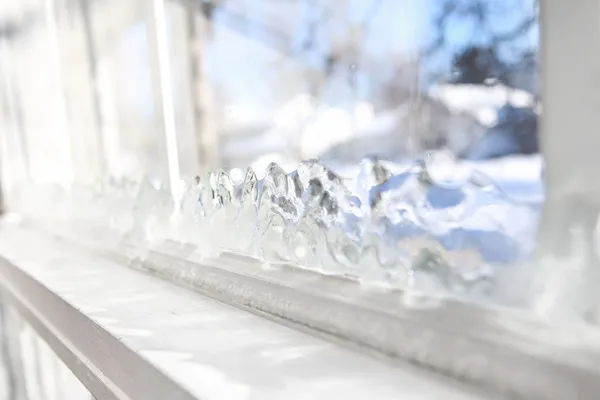
1. Seal Drafts Around Windows and Doors
The most powerful HVAC system in the world can’t compete with cold drafts. You can turn up the thermostat, blast space heaters, and wear layers, but if your windows and doors aren’t properly sealed, you’ll inevitably feel a chill. There are a number of different winter energy-saving tips to keep in mind this time of year and it starts with properly sealing your windows and doors. Caulk gaps, refresh with glazing putty, or add weatherstripping. No matter your preferred method, sealing off drafts is the best way to keep the cold out of your home.
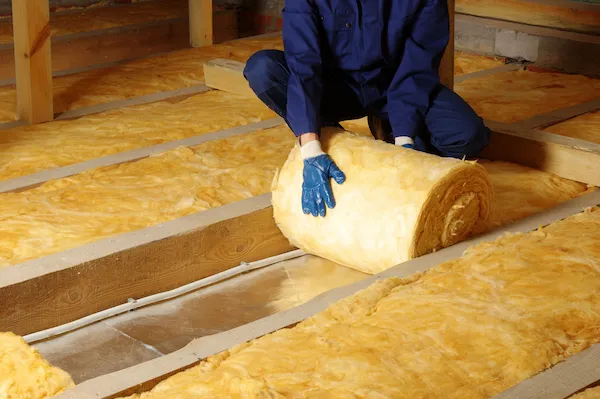
2. Insulate Attic and Walls
Most people don’t spend much time in their attic. These drafty, dusty spaces are typically used for storage and not much else. It’s easy to forget about them entirely. As you master how to keep your house warm in winter, don’t neglect your attic or walls. Insulating these spaces can do wonders to keep warm air from seeping outside. Fiberglass batt insulation tends to be fairly affordable, and once you’ve placed it around your attic, it can be effective for many years to come. Whether you take a DIY approach or opt to hire a professional to do the job, make attic and wall insulation a priority this season.
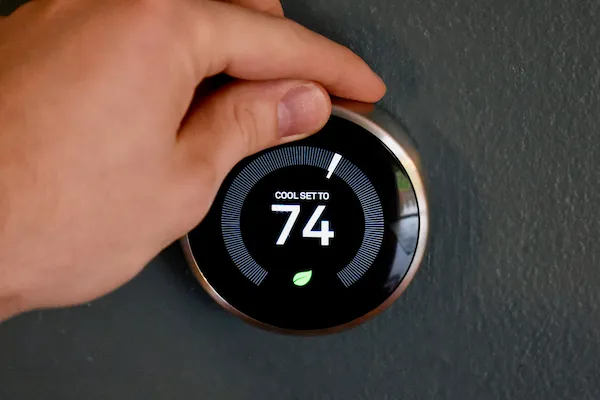
3. Invest in a Programmable Thermostat
Thermostats have come a long way in recent years. Smart, programmable thermostats allow you to set your temperature parameters and forget them. When looking for ways to conserve energy, consider investing in a new thermostat. You can set your device to automatically adjust your home’s temperature when you’re out for the day or heading to bed. These smart devices also have the ability to learn your temperature preferences and set the thermostat accordingly, which eliminates the need for frequent adjustments. This can lead to significant savings over the long term.
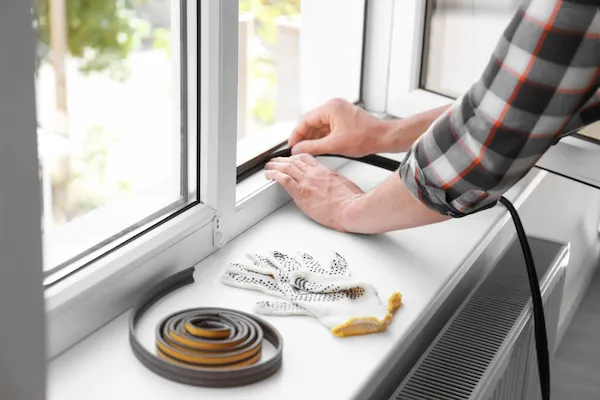
4. Use Weatherstripping and Door Sweeps
When it comes to winter energy-saving tips, weatherstripping and door sweeps are some of the best tools in your arsenal. They’re easy to install around your windows and doors, and effectively keep warm air in and cold air out. These simple barriers can do wonders to make your entire home warmer. You’ll also save energy in winter by ensuring your warm air isn’t leaking outside. Door sweeps are worth installing around all exterior doors, while weatherstripping can be added to windows to keep cold air at bay and reduce drafts.
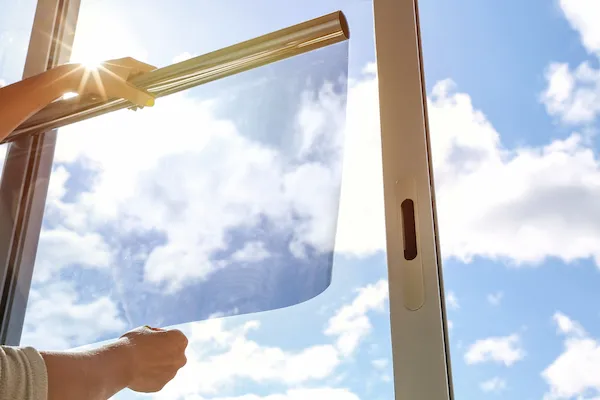
5. Install Window Film or Insulated Curtains
If you’re really committed to energy-saving tips in winter, try this handy idea around your home. Installing window film can provide many seasons of additional insulation. Insulated curtains go even further to seal in the warmth when the weather outside turns nasty. People have been using heavy upholstery to keep cold out for centuries. Invest in quality curtains, and you’re certain to feel the difference. When the sun is shining bright, keep curtains open to let the sunlight warm your space.
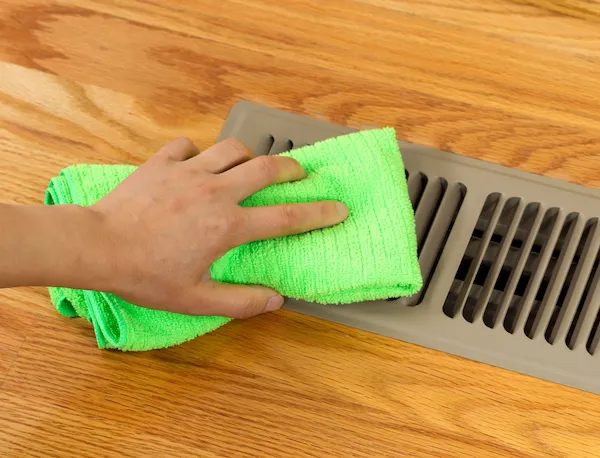
6. Keep Heating Vents Clear and Unblocked
While you’re searching for ideas on how to keep your house warm in winter, take a look around your space. Locate your heating vents and make sure they’re not being blocked by furniture or decor. While you might not expect this to make a very big difference, blocked vents can actually cause serious heat loss around your home. For best results, keep furniture at least 12 inches away from vents and radiators.

7. Lower the Thermostat at Night and When You're Away
Save money and sleep better by turning your thermostat down a few degrees at night. Humans tend to sleep best in spaces heated to around 65 degrees Fahrenheit. By lowering your thermostat before bedtime, you can expect to fall asleep faster and save on energy costs. Do the same before heading out for the day, and you’ll see even more savings. As mentioned above, a programmable thermostat is a great way to get your home HVAC system on a schedule so that you don’t have to think about adjusting it.
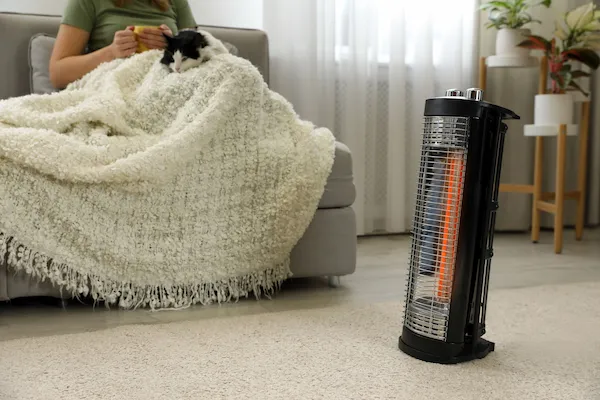
8. Use Space Heaters Wisely
If your home is especially drafty, you may want to use a space heater to supplement your HVAC system’s output. While these appliances aren’t always the most efficient way to run heating, they can certainly provide some comfort on a cold day. When using space heaters, do so with safety in mind. Avoid plugging other electrical devices into the same outlet as the space heater, and never place your heater on furniture or carpet. Space heaters are prone to overheating and catching on fire, so it’s important to use them with care and NEVER leave a space heater unattended.
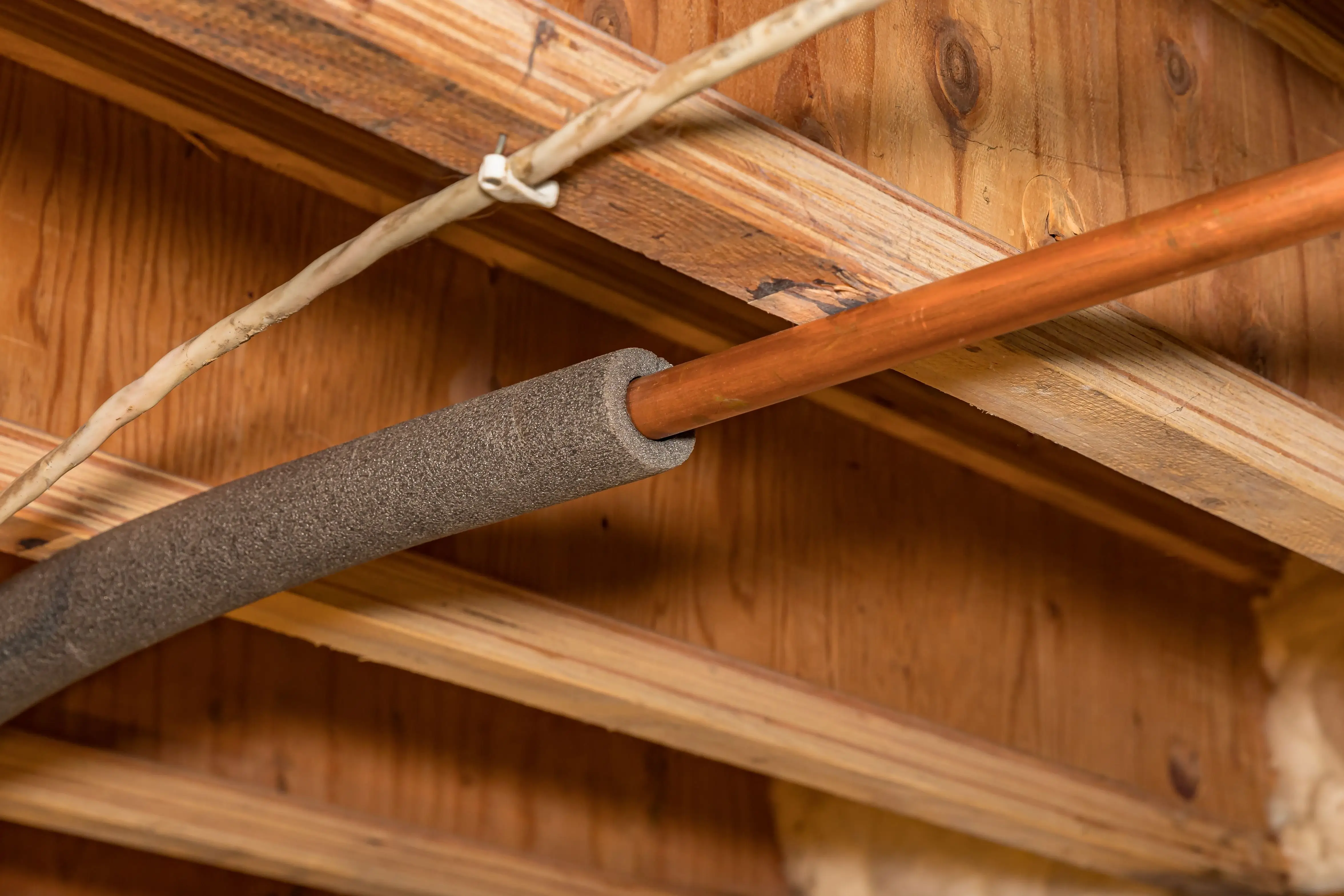
9. Insulate Pipes to Prevent Freezing
When the forecast calls for freezing temperatures, homeowners must be proactive in preventing their pipes from freezing and potentially bursting. Insulation can do wonders to keep pipes above freezing. When water travels through plumbing lines that haven’t been properly insulated, hot water loses heat, and cold water gains heat. This might not seem like a big deal until you see your monthly energy bill. Insulation ensures that your pipes are protected from freezing temperatures and won’t burst. In addition, you won’t need to wait as long for hot water to reach your sink or shower.
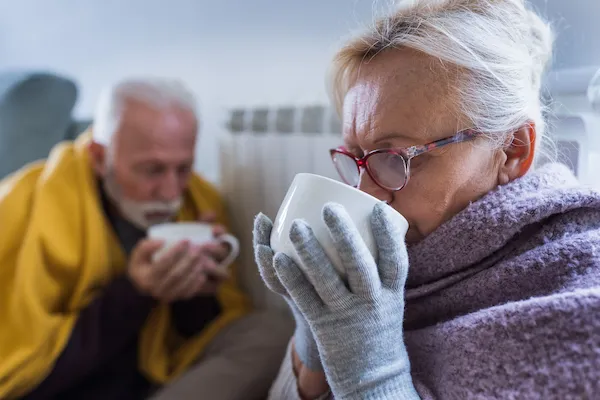
10. Consider Upgrading to a More Efficient Heating System
Learning how to keep your house warm in winter can only get you so far. If your HVAC system is on its last legs, no amount of insulation or other measures will keep your space warm. Instead, consider investing in a more energy-efficient HVAC system. You’ll see your investment pay off almost immediately, with warmer temperatures and lower heating costs. And with proper maintenance, your new system will continue to operate efficiently for a long time.
Curious to learn more about energy-efficient heating systems? The professionals at Aire Serv can provide information about HVAC services near you. We also stand by all the work we do with the Neighborly Done Promise®, which ensures your satisfaction. Give us a call or request an appointment online today.

